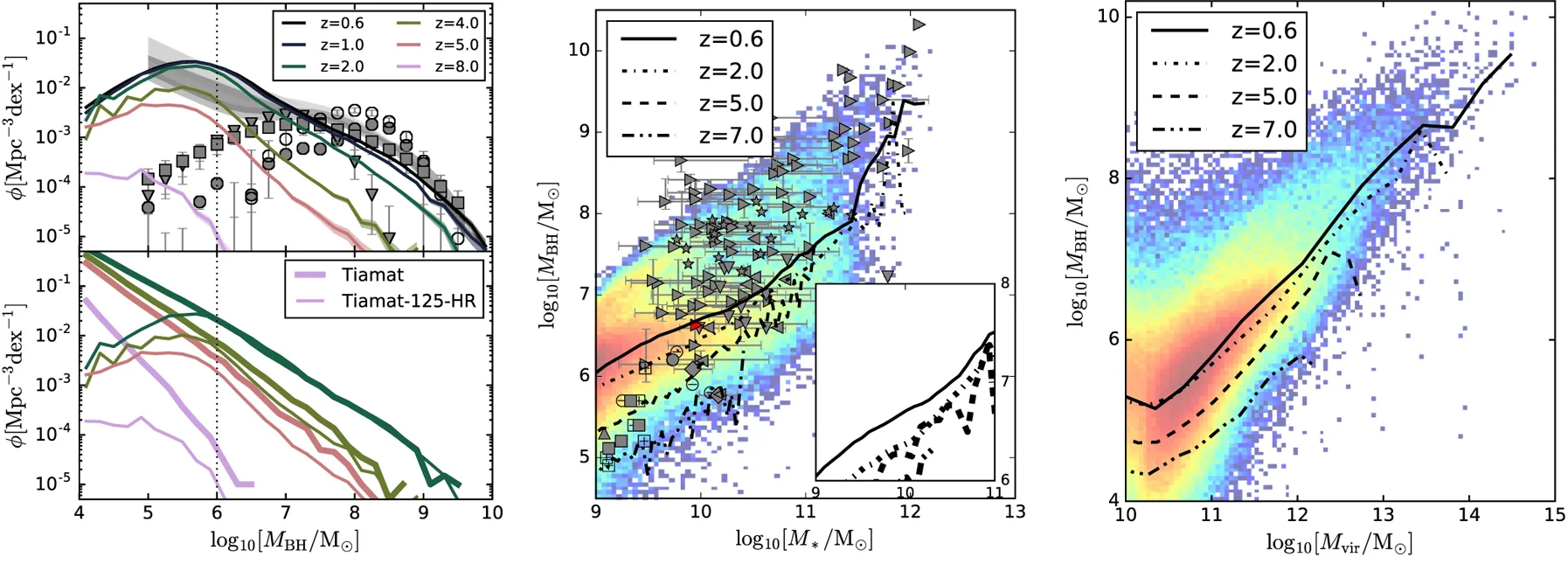"Dark-ages reionization and galaxy formation simulation X: The small contribution of quasars to reionization" - Qin et al. (2017)
Alan Duffy
One of the oldest questions in the study of Reionisation, the few hundred million years in which almost all of the hydrogen in the Universe was ionised effectively at once, is simple - where does the UV light to ionise the gas come from? One very popular idea is blackholes, or rather the accretion disks around them, where material swirls around the gravitational plughole become incredibly hot and bright in UV / X-ray emission. This fantastic work by Yuxiang Qin used DRAGONS universes to show that there simply isn't enough of these sources, known as AGN or Quasars, to do the job - or at least not if you want to match the number of blackholes that exist today. That's because to be bright, and reionise the universe, they have to feed a lot and in the process grow too large relative to what we see today. This work undoubtedly disappointed some Quasar fans out there, but that's the beauty of science, the facts don't care what you might hope and you have to follow the results to their conclusion.
